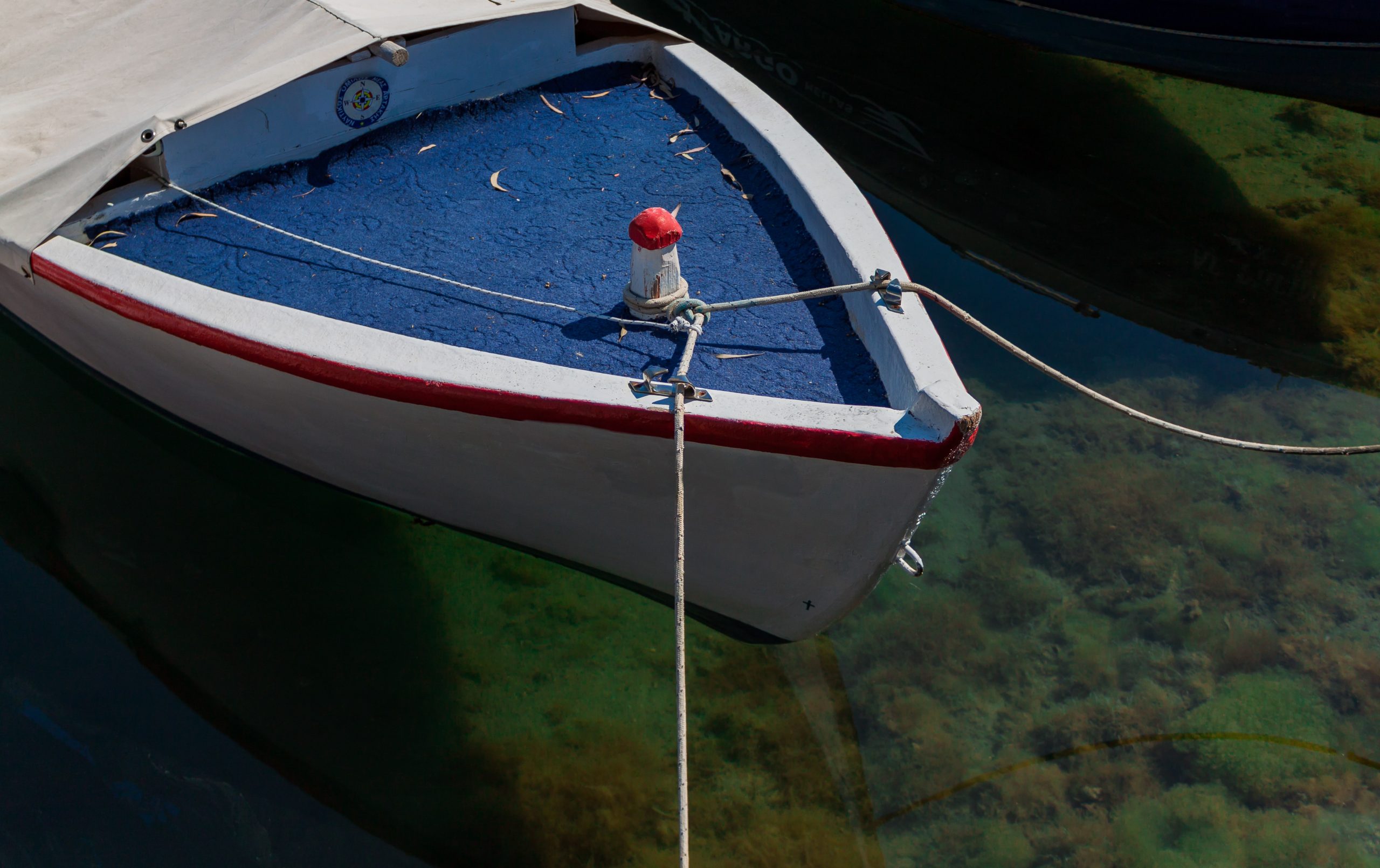
Here’s a little insight about paint jobs on boats.
Admittedly, my mind can be a strange place. But for some reason people still want to pick it.
As the Spring season is on the horizon, people’s paint seems to come up often.
Got Blisters
Blisters are often only slight undulations and can be hard to see. Evening and early morning light where the sun’s rays are at an acute angle to the hull are good times to view. Blisters are often most visible after a couple of days of the boat being out of water and as the hull begins to dry out. They can appear as small wet spots or areas where paint has chipped off. If the hull has been out of the water for a few weeks, the blisters may have dried out and will be more difficult to see. If the hull has a buildup of many layers of bottom paint, blisters can be extremely difficult to detect.
Cracks
Check for a crack between the hull and keel. In some boats this may appear as a ‘smile.’ Check the bottom paint for cracking as it may not be obvious. If the boat has recently come out of the water, the crack may appear as a slightly wet area or discolored. If the hull is not clean it can be difficult to detect cracks. Also check the bow area and front of the keel for any cracks or signs of stress.
Bottom paint condition
Scraping bottom paint is a time intensive job. If multiple layers of bottom paint have built up it is an indication that the owner has not been putting much time into maintaining the boat. A build-up of bottom paint will slow the boat down and make it difficult to see nascent issues such as osmosis blisters.
Soft spots/hollow spots
Tap on the hull with a 4oz. Hammer or some other light, metallic implement. Listen for the sound it makes. The sounds can be difficult to interpret as anything bonded to the hull, like bulkheads or water tanks, will make the tap sound sharper. Listen for especially dull taps in a cored-hull as they may indicate water intrusion into the coring. This is a big problem and should be reviewed by a professional surveyor if in doubt.
Scratches or chips in the gelcoat, evidence of filler
Look around for signs of impact or stress on the hull. Often boats glance off docks or other obstructions and create scratches or chips in the gel-coat. Tap these small areas closely to ensure no structural damage has occurred. Most of time there is no problem.
Thru-hulls
Check around thru-hulls for any indication of damage, failed sealant, corrosion or blockage. Below water thru-hulls cannot be made of plastic. This will appear as an insurance issue if it is not ameliorated.